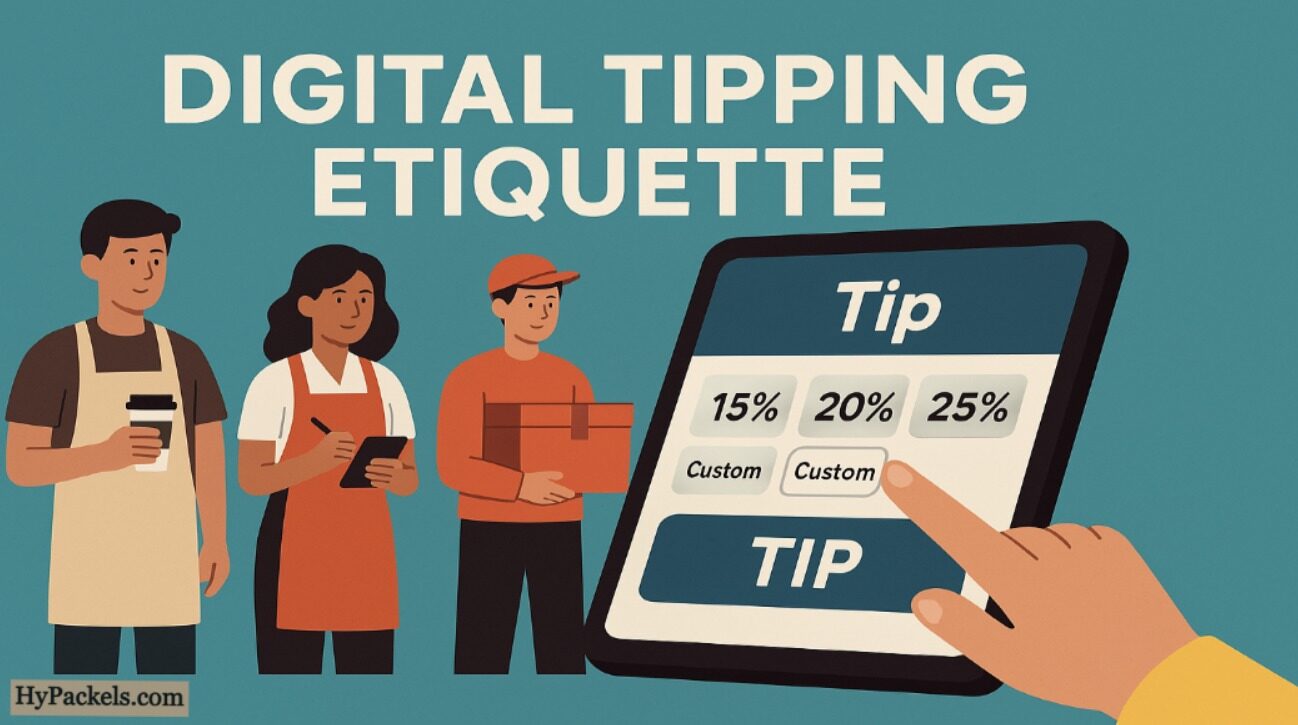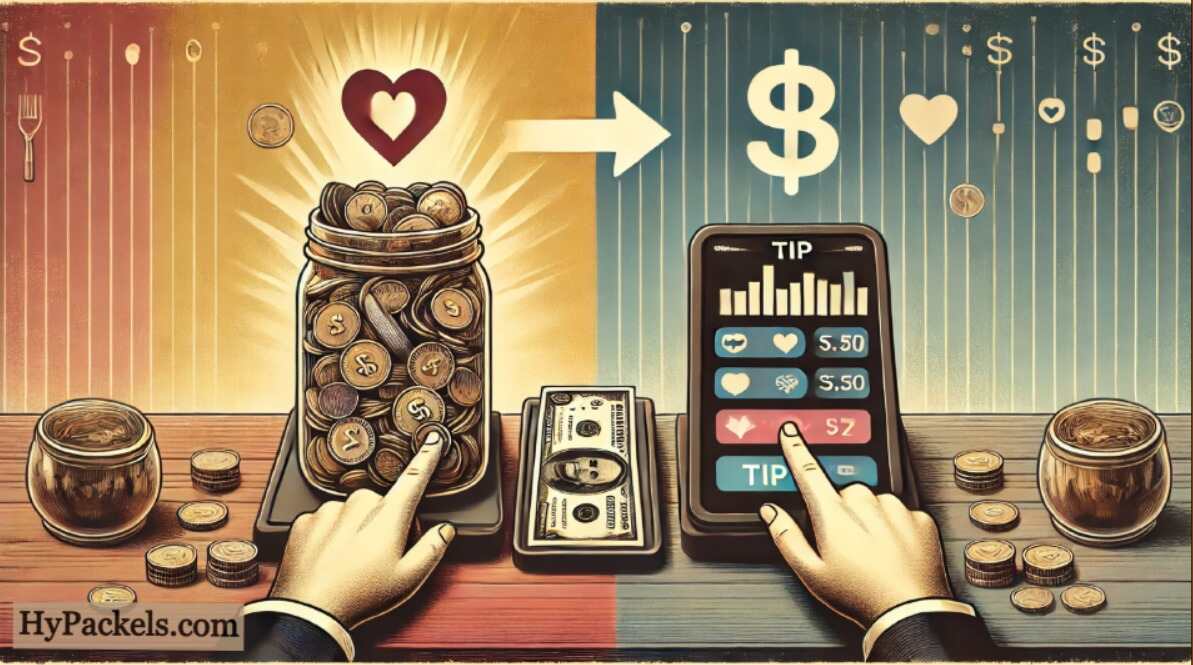Phone:
(701)814-6992
Physical address:
6296 Donnelly Plaza
Ratkeville, Bahamas.

The digital tipping culture is evolving, and Tip Screen has become a vital tool in cashless gratuity.
With more businesses and customers embracing digital transactions, understanding the etiquette of digital tipping is crucial.
Whether you’re a customer, service provider, or business owner, following the right approach ensures a smooth experience.

Tip Screen is a digital interface that allows customers to leave tips electronically instead of using cash. Found on tablets, POS systems, and mobile apps, it simplifies the tipping process, ensuring seamless transactions.

Good service deserves recognition. If you received excellent service, use Tip Screen to show appreciation with a fair gratuity.
Many Tip Screens provide pre-set tip suggestions, such as 15%, 20%, or 25%. Choosing a percentage based on service quality ensures fairness.
Before tipping, inquire if the tip goes directly to employees or into a shared pool. Transparency ensures your gratitude reaches the right people.
Tip within your means, but also consider industry standards. In some cases, higher tips significantly impact workers who rely on gratuity.
Even minor purchases or quick services deserve a small tip, especially when dealing with baristas, delivery drivers, or service workers.

Many businesses implement Tip Screens even for self-checkout services. While tipping is optional, don’t feel obligated to tip when no service was provided.
Customers often feel pressured when a cashier or worker sees their tip selection. While tipping is a great practice, it should be based on service, not guilt.
If you receive exceptional service, don’t dismiss Tip Screen entirely. A small tip can make a big difference for service employees.
While suggested tip amounts provide guidance, you are free to adjust or enter a custom tip based on service quality and budget.
Not all businesses distribute digital tips directly to employees. If transparency is important to you, ask about the tipping policy before finalizing your transaction.

Businesses should display clear messaging on how tips are distributed to build trust with customers.
Giving customers control over tip amounts—rather than forcing pre-set options—encourages a better tipping experience.
Staff should avoid directly requesting tips or making customers feel pressured. Instead, they should focus on excellent service to earn gratuities naturally.
A transparent system that ensures tips go to the right employees improves trust and motivation among staff.

Many customers feel pressured to tip due to the visible placement of the Tip Screen and the presence of staff.
This phenomenon, often called the “guilt tip,” can lead to customers tipping out of obligation rather than genuine appreciation.
Understanding this behavior is crucial for businesses—overusing the Tip Screen or making it unavoidable may backfire and cause customer dissatisfaction.
Digital tipping has introduced new social norms. The standard tipping amount is shifting upwards, often influenced by pre-set suggestions on Tip Screens.
What used to be 10–15% has now become 18–25% in many industries, especially in food and beverage services.
Tip Screen is revolutionizing the way people show gratitude in the service industry. Understanding the dos and don’ts ensures that both customers and businesses benefit from digital tipping.
By following best practices, customers can tip fairly, employees receive well-deserved earnings, and businesses maintain transparency.